KoyaQuest
Helpful Information for Visitors
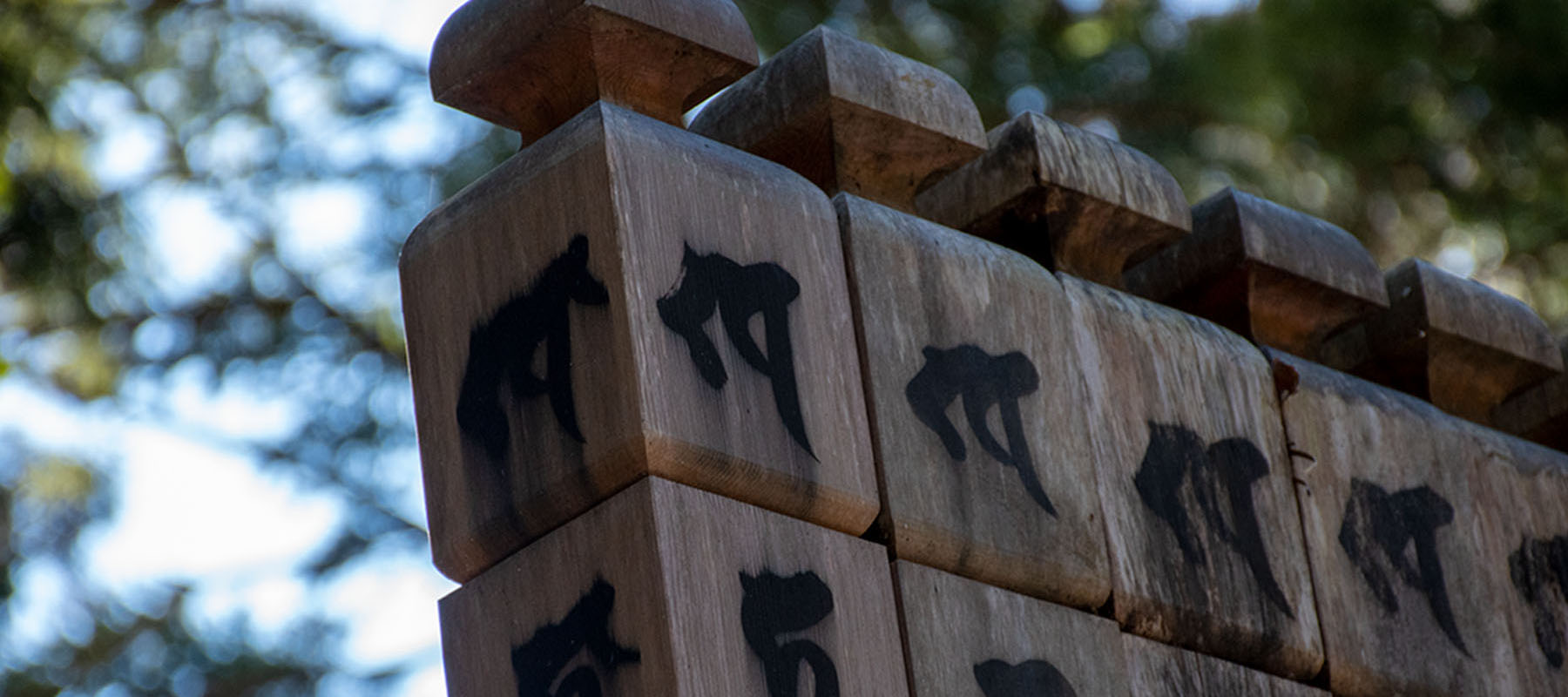
Helpful Information for Visitors

Helpful Information for Visitors
Some information to help you plan and get the most out of your visit to Kōyasan...
Kōyasan is located at an elevation of about 800 meters above the Kinokawa River in Wakayama Prefecture.
There are lots of ways to get there!
From Osaka, take the Nankai Koya Line from either Namba or Shin-Imamiya to Gokurakubashi. The base fare for the express train is ¥890, and the trip via direct express takes 1 hour and 34 mins.
Those starting from Kansai International Airport will need to make the 38-min. train ride to Namba or Shin-Imamiya before catching the Koya Line.
See below for information on direct bus service from the airport.
A five-minute, ¥500 funicular ride will bring you from Gokurakubashi to Kōyasan Station.
Bus and taxi services are available from the station. Allow about ten minutes to get to the center of town.
Note: The service road used by buses from the station to the town is strictly prohibited to pedestrians.
For those who want to make the last part of the journey on foot, one of several hiking trails to the top can be accessed at Gokurakubashi. It's a 2-kilometer hike rising approximately 360 meters. Allow about an hour and 15 minutes to reach the center of town.
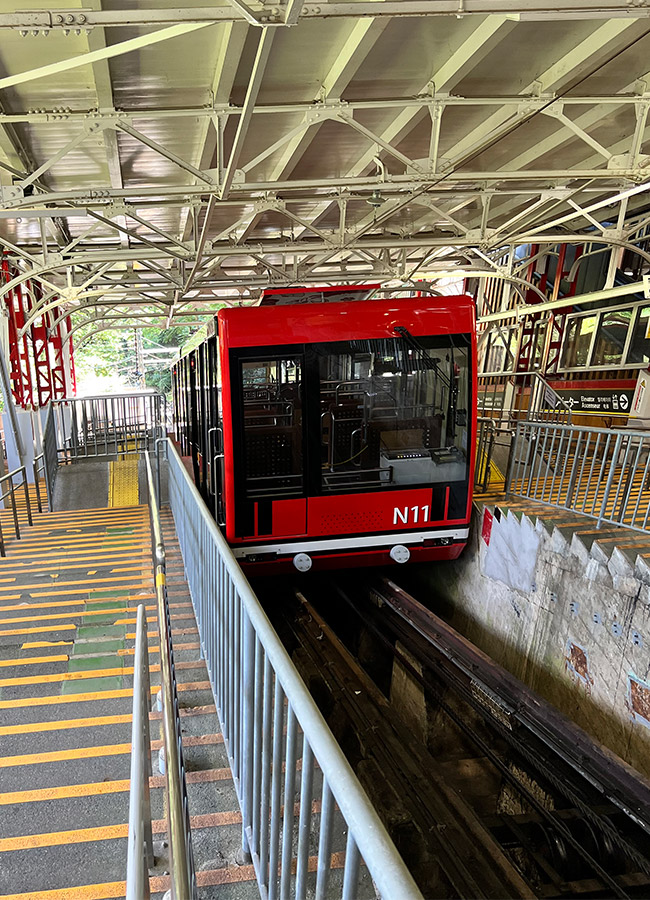
From Kyoto or Osaka, take the Kinki Jidōsha-dō to the Matsubara Interchange. From there, take the Hanwa Jidōsha-dō toward Wakayama. Just before Wakayama, take the Keinawa bypass and get off at the Kihoku Katsuragi exit. (You will see signs for the World Heritage sites.) Take Route 24 about 2 kilometers to the Kaseda-eki-mae Intersection and turn onto Route 480. Follow 480 to Kōyasan.
Estimated travel time from Kyoto: 3 hours; from Osaka 2 and a half hours.
Limousine bus service between Kansai International Airport and Kōyasan has resumed. The service is currently available from September 1, to November 30, 2023. (Closing for the winter and presumably re-opening in spring.) See below or visit the Kansai Airport Transport Enterprise website for details.
| Location | Time |
|---|---|
| KIX Terminal 2 | 11:17 |
| KIX Terminal 2 | 11:30 |
| ↓ | |
| Daimon of Kōyasan | 13:10 |
| Oku-no-in | 13:18 |
| Location | Time |
|---|---|
| Oku-no-in | 14:35 |
| ↓ | |
| KIX Terminal 1 | 16:20 |
| KIX Terminal 2 | 16:31 |
| POS | Adult | Child |
|---|---|---|
| Place of Embarkation (Kansai Airport / Oku-no-in) | ¥2,000 | ¥1,000 |
| Online Advanced Purchase | ¥1,800 | ¥900 |
There are several hiking trails leading to Kōyasan. The most famous of these is the Chōishi-michi which retraces the original trail to Kōyasan used by Kūkai himself.
Please note that the current page is not complete. New information is being added.
Kōyasan is renowned for its traditional Buddhist cuisine known as shōjin-ryōri (精進料理), a balanced vegetarian fare served at Buddhist temples. A full course dinner and breakfast prepared according to this diet are typically served at temples offering lodging for over-night guests (shukubō). There are also several restaurants that serve shōjin-ryōri.
A less expensive and more casual way to experience some of the dishes that comprise a shōjin-ryōri meal can be enjoyed at the restaurant Kūkai.
Located on the main street a few hundred meters east of the Daimon and at the western boundary of the Danjō-garan, Kūkai offers a unique menu with a modern take on shōjin-ryōri cuisine. It is ideal for a light lunch or snack for visitors.
Because this restaurant is operated by Kadohama -- one of Kōyasan's oldest and best known goma-dōfu (tofu made rom sesame and kudzu starch) shops -- Kūkai is also a great place to buy this local specialty to take home for yourself or as a souvenir.
Since opening, Kūkai has become very popular, so you may want to avoid busy times in order to not have to wait in line.

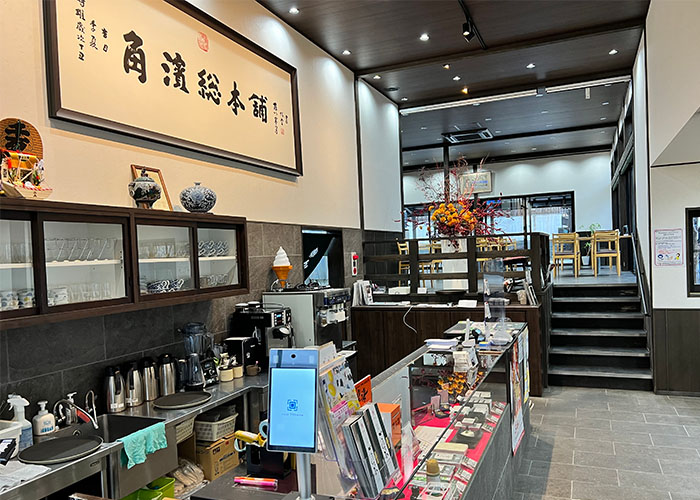
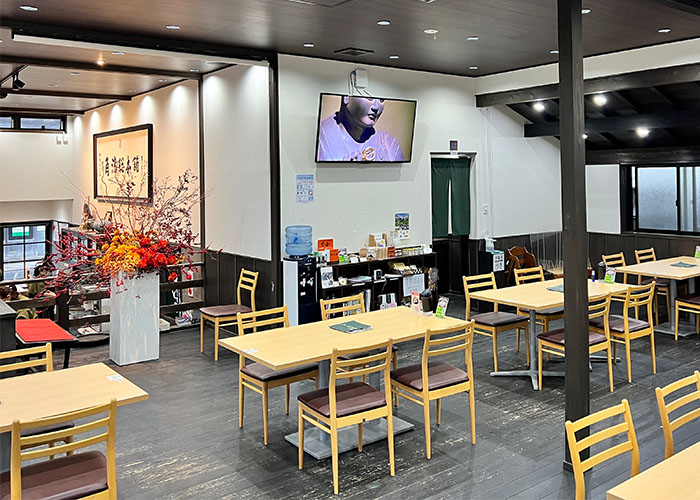
Operated by an English-speaking Buddhist priest and his wife, this newly opened cafe specializes in local products from Wakayama Prefecture. Patrons can enjoy a light snack or drink while soaking in more of Kōyasan's cultural ambiance.
Taira is located directly across the street from the entrance Ekoin Temple and is a perfect place enjoy a drink after the famous "Night Tour" of Oku-no-in.

There are a number of groups and companies that offer guided tours of Kōyasan. One of my favorites is Awesome Tours, which is conducted by a friendly, English-speaking priest with a great knowledge of Kōyasan.
One of the many distinctive experiences offered by Kōyasan is an overnight stay at a temple, known as shukubō 宿坊 in Japanese. Of the 117 temples on the mountain, 57 of them provide lodging for guests, affording them the chance to take part in a tradition that goes back nearly seven centuries.
In addition to dinner and breakfast prepared in accordance with the shōjin-ryōri diet, shukubō guests can also experience morning prayer services. While most temples offer Japanese-style accomodations only, several also have western-style rooms for those who would rather not sleep on tatami mats.
A great place to enjoy the temple lodging experience is Ekō-in Temple 恵光院, located a few steps from the entrance to Oku-no-in. But make reservations in advance as it is quite popular.
Click here to see list of other temples offering lodging.
A more affordable alternative to a temple stay is provided by Koyasan Guest House Kokuu, located a short walk to the east of the Naka-no-hashi parking area.
This small hotel offers several capsule-style rooms along with rooms with a double bed and a double bed and loft.
Prices range from ¥4,100 per person per night to ¥13,500 for the three-person loft.
The cozy lobby/dining area has a small bar, a wood stove (great in winter!) and is an ideal place for fellow travelers to meet and talk.
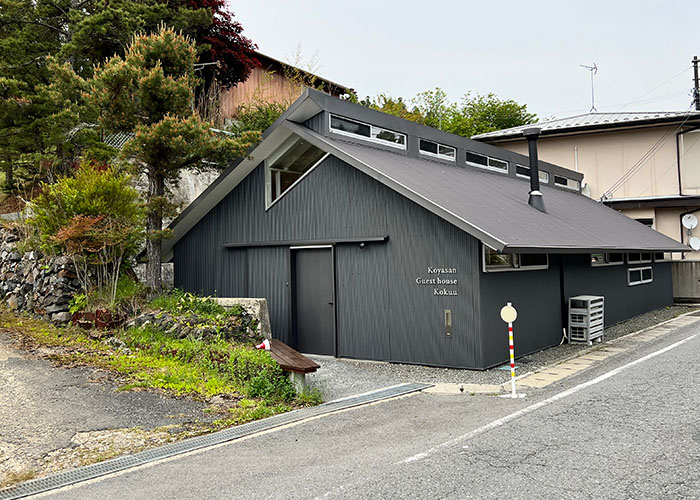
The fees for some of the most popular places and experiences at Mt. Kōya are listed here. While we try to be thorough, this information is probably not comprehensive.
Efforts are made to ensure that it is as up-to-date as possible, but please understand that these are not official quotes.
Many of the most amazing features of Mt. Kōya are free. However, several not-to-be missed places and experiences come with a fee.
This is offered by the Kongōbuji Temple Office and provides access to several temples and experiences in and around the Danjō-garan / Kongōbuji Temple area.
For a fee of ¥2500 this multi-day pass can be used at the following:
Depending on the number of places you plan to visit, it might be cheaper to pay at each entry point.
The following table lists current prices for some of the most popular locations.
Places and experiences included in the Combination Ticket are indicated with a .
(Check out the price calculator to help you choose.)
| Place | Guest | Fee* |
|---|---|---|
| Kongōbuji Temple | Adults | ¥1000 |
| Elementary School Students | ¥300 | |
| Pre-school Children | Free | |
| Kondō | Adults | ¥500 |
| Elementary School Students | Free | |
| Konpon Daitō | Adults | ¥500 |
| Elementary School Students | Free | |
| Jukai Ceremony (held at Daishi Kyōkai) | All | ¥1000 |
| Shakyō Sutra Copying (held at Daishi Kyōkai) | First time | ¥1500 |
| Repeaters | ¥1100 | |
| Reihōkan Museum | Adults | ¥1300 |
| High School and College Students | ¥800 | |
| Elementary and Middle School Students | ¥600 | |
| Tokugawa Mausoleum | Adults | ¥200 |
| Elementary School Students | Free | |
| Kongō Sammai-in | Non-Guests (Shukubō) | ¥300 |
| Shukubō Guests (as well as those visting family grave) | Free |
*Please note that, while this information is updated periodically, some of the rates are subject to change.
Use this form to help you figure out if the Combination Pass is right for you. Check the places or experiences you want to enjoy.
© 2025, k. collins